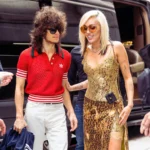

This Isn’t Just a Concert — It’s The Weeknd’s Most Daring Move Yet in South Florida
When The Weeknd announced the South Florida stop of his After Hours Til Dawn global tour, fans braced for an unforgettable night of lights, music, and emotion. But what they got was more than just a concert. It was a transformation. A challenge to norms. A disruption of the expected. In Miami’s Hard Rock Stadium, The Weeknd didn’t just perform—he declared war on the boundaries of live music.
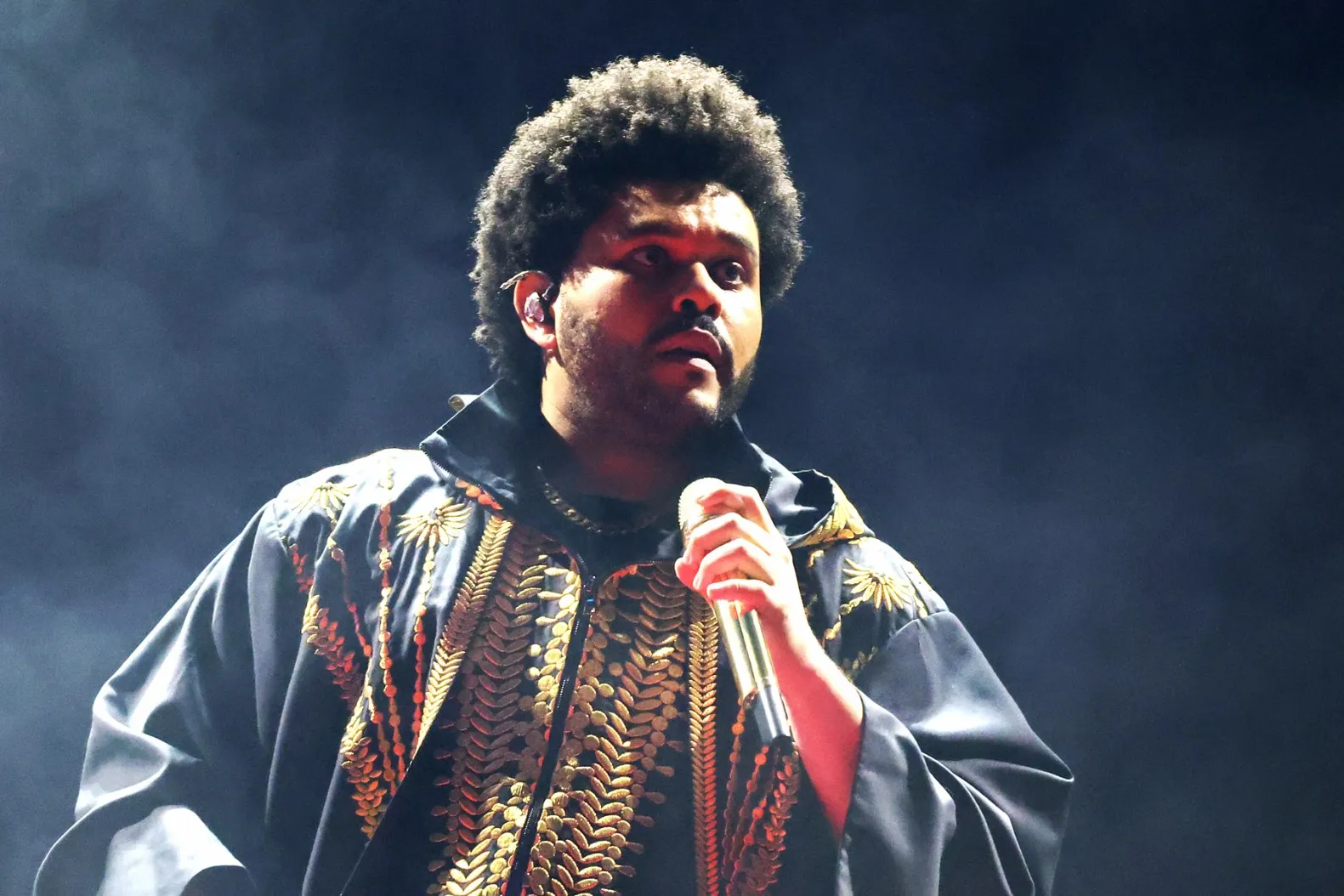
From the moment he stepped onto the stage, it became clear: this wasn’t just a tour stop. This was a cinematic experience, a cultural statement, and perhaps the most daring move of The Weeknd’s career to date.
The Energy of South Florida Meets the Mystery of The Weeknd
South Florida, with its neon skyline and buzzing late-night culture, has always been a city that breathes rhythm. But that night, it met its match in The Weeknd—an artist known for reinventing the live performance landscape. While many musicians play to crowds, The Weeknd plays with perception. And in a place as visually and emotionally rich as Miami, the match was electric.
Even before the first beat dropped, fans knew something big was coming. The stage stretched across the field like a futuristic monolith. Towering LED structures mimicked a crumbling dystopian skyline. Smoke curled up from hidden vents. A hush fell across the stadium—and then a scream ripped through the night as the first notes of “Alone Again” filled the air.
A Cinematic Opening That Rewrote the Rules
The concert didn’t start with a traditional entrance. There were no fireworks. No dramatic countdown. Instead, The Weeknd appeared as a silhouette—a lone figure atop a jagged concrete tower, backlit by a blood-red moon projection. The crowd went wild, not because of noise, but because of what it represented: vulnerability, artistry, and an artist willing to be both spectacle and subject.
From that moment forward, the show felt less like a pop concert and more like a carefully orchestrated fever dream. As he transitioned into “Gasoline” and “Sacrifice”, it was clear that the setlist wasn’t just a greatest-hits collection. It was a curated journey through heartbreak, fame, addiction, lust, and redemption. Every song was tied to a new visual world, every beat synced with projected hallucinations, every lyric weighed with symbolic resonance.
A Visual and Emotional Rollercoaster
Throughout the night, The Weeknd wove together high-concept visuals and raw performance. One moment, he stood under strobes shaped like angel wings; the next, he wandered through smoke-shrouded ruins as a lone saxophonist wailed a jazzy solo version of “Faith.” The effect was hypnotic—fans weren’t just watching; they were immersed.
Perhaps the most jaw-dropping moment came during “After Hours,” when the stadium lights dimmed completely. The LED walls melted into a virtual ocean. Above, a projected version of The Weeknd—digital, glitching, ghostlike—sang alongside him in perfect unison. The real and virtual blurred. Fans cried. Phones trembled in outstretched hands. This wasn’t just daring—it was unprecedented.
And then came “The Hills.” As the bass rattled the concrete, bursts of flame rose across the stage like volcanic eruptions. The crowd screamed every lyric. For a moment, Hard Rock Stadium felt like a cathedral to chaos, led by a prophet who had danced with darkness and brought back beauty.
A Love Letter to the Broken, the Bold, the Beautiful
While the visual scale was massive, what made the show most compelling was its emotional intimacy. In the middle of the spectacle, The Weeknd shared vulnerable moments with the audience. Between songs, he spoke about the price of fame, the danger of ego, and the journey from Abel Tesfaye—the man—to The Weeknd, the myth.
“You all see the lights, the stage, the chaos,” he said during a quiet break before “Call Out My Name.” “But the truth is… this is therapy. This stage is where I face myself.”
The crowd responded with roars and teary eyes. It was a reminder that beneath the swagger and stardust, The Weeknd is still the boy from Toronto, once homeless, once heartbroken, now wielding fame like a double-edged sword.
His voice, at times tender and broken, at others powerful and angry, cut through the night like gospel. Whether he was crooning “Earned It” under a single spotlight or belting “Take My Breath” while flames danced at his feet, his vocal control and emotional depth were unmatched.
A Tribute to Miami Culture and Its Complexity
In an unexpected and deeply moving moment, The Weeknd paid tribute to Miami’s immigrant communities. Before launching into “Out of Time,” he paused to talk about the city’s diversity.
“This place is made of dreamers,” he said. “People who came here with nothing but hope. I feel that energy. I’m honored to be part of it—even just for one night.”
The crowd, made up of Cubans, Haitians, Colombians, Venezuelans, Brazilians, and more, erupted. In that moment, The Weeknd became more than a global star—he became a mirror of Miami’s own story: one of pain, transformation, resilience, and identity.
Breaking the Fourth Wall—Literally
Just when fans thought the show couldn’t get any more experimental, The Weeknd shattered expectations in the encore. As he returned to the stage for “Blinding Lights,” what followed wasn’t just performance—it was pure theater.
The LED wall cracked open like a portal, revealing an army of dancers in chrome masks. They weren’t just backup performers—they represented the personas The Weeknd has played with over the years: the lover, the addict, the star, the villain, and the survivor. The performance became a meta-commentary on fame and identity, a layered critique of the very persona he’s spent years building.
Then, as the final chorus hit, he disappeared into the crowd—literally walking off the stage and into the audience. Security scrambled as fans gasped. He sang the final lines of the song surrounded by real people, not pyrotechnics. There was no barrier anymore. No stage. Just Abel, singing to his people, up close and terrifyingly human.
Beyond the Music: The Future of Performance
What made this night so profound wasn’t just the songs or the visuals. It was that The Weeknd risked everything to challenge what a live show could be. In an industry that too often plays it safe, he chose to break form, to push comfort zones, and to lean into darkness.
This wasn’t a playlist. It wasn’t a Vegas-style review. It was a psychological opera with neon and heartbreak and apocalypse stitched into every detail. It was equal parts Stanley Kubrick, David Lynch, and Prince. It was performance as therapy, rebellion, and confession.

And that’s why this night will be remembered. Not just for the songs, or the stage, or even for the pyrotechnics—but because The Weeknd dared to be vulnerable in a place that worships perfection.
The Legacy of One Night in South Florida
As the final note rang out and fans poured into the warm Florida night, dazed and breathless, one thing was clear: this concert had shifted something. For some, it was a religious experience. For others, a creative epiphany. But for all, it was unforgettable.
In the years to come, critics will dissect this show, industry professionals will copy it, and other artists will reference it. But they’ll never replicate it. Because this wasn’t just a concert—this was The Weeknd’s most daring, most vulnerable, and most genius move yet.






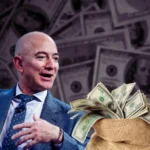
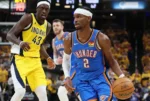
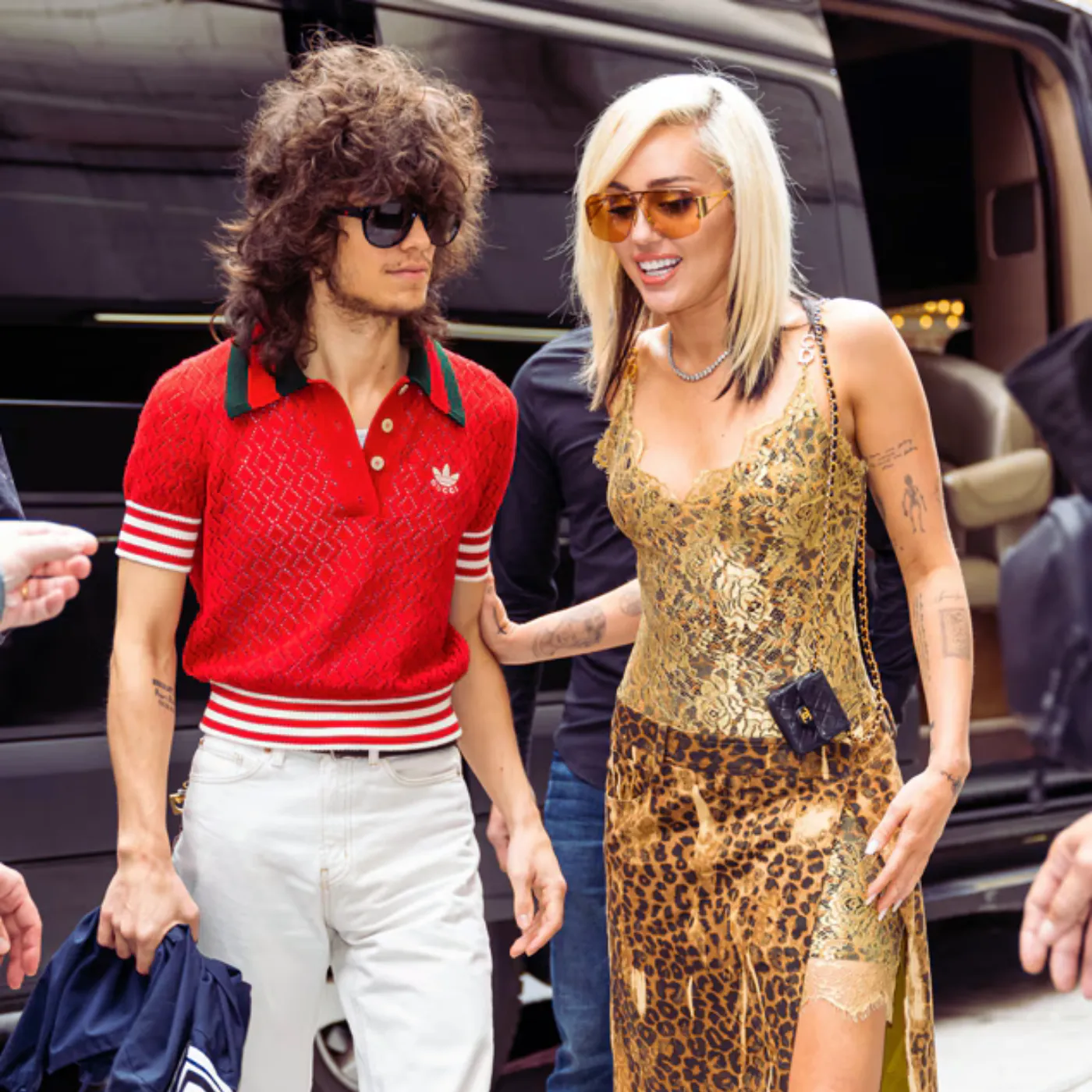
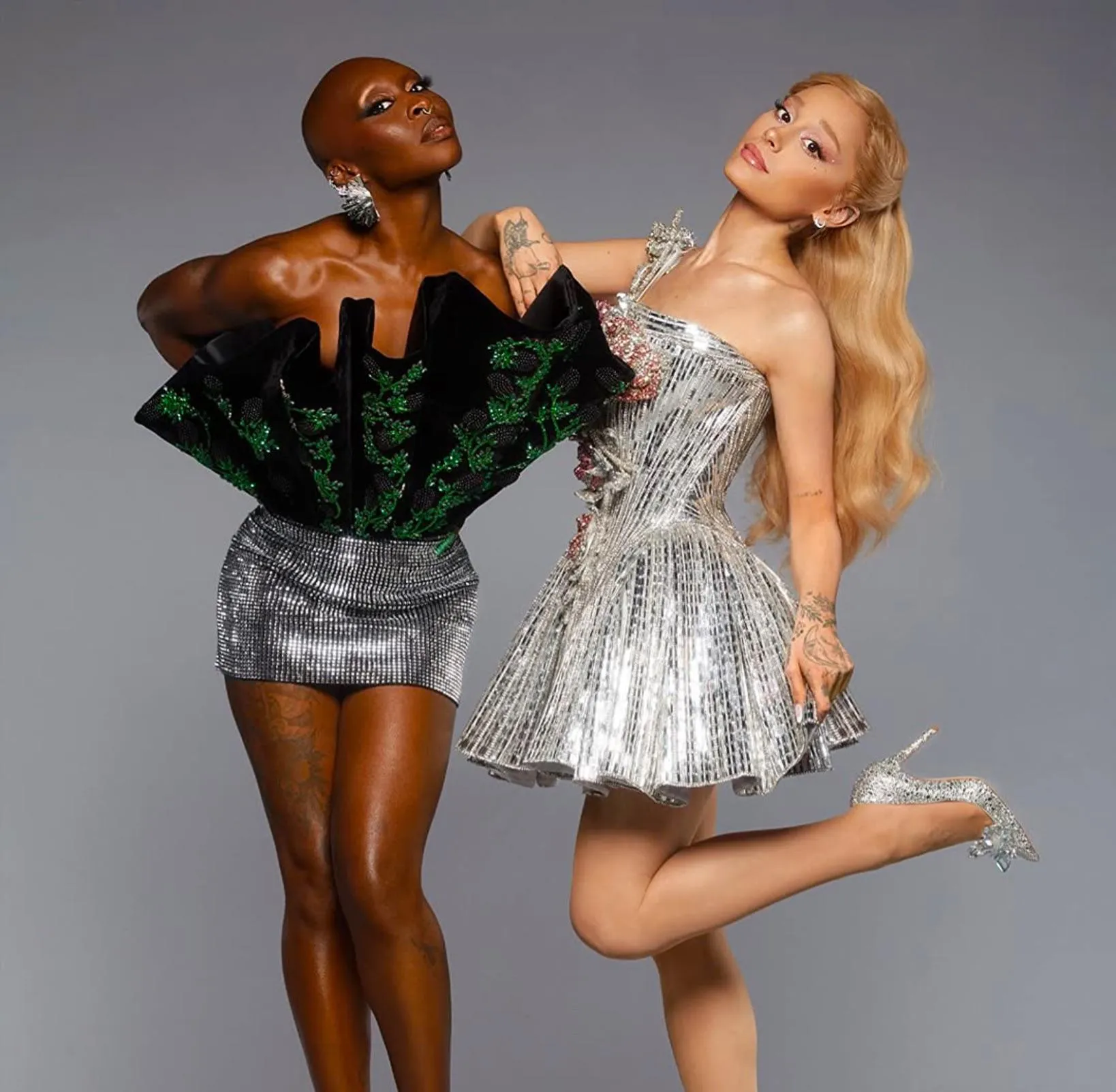









Post Comment